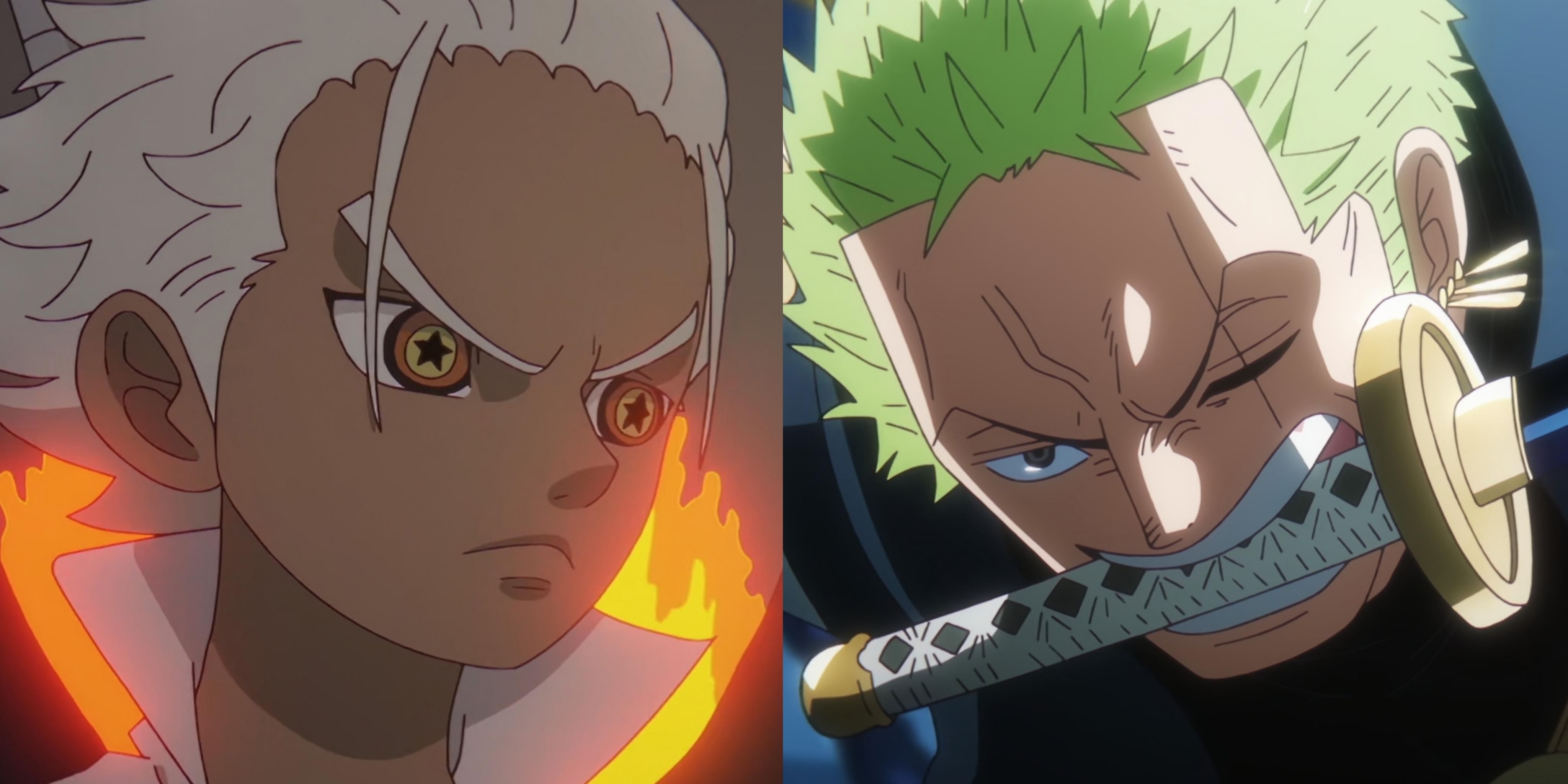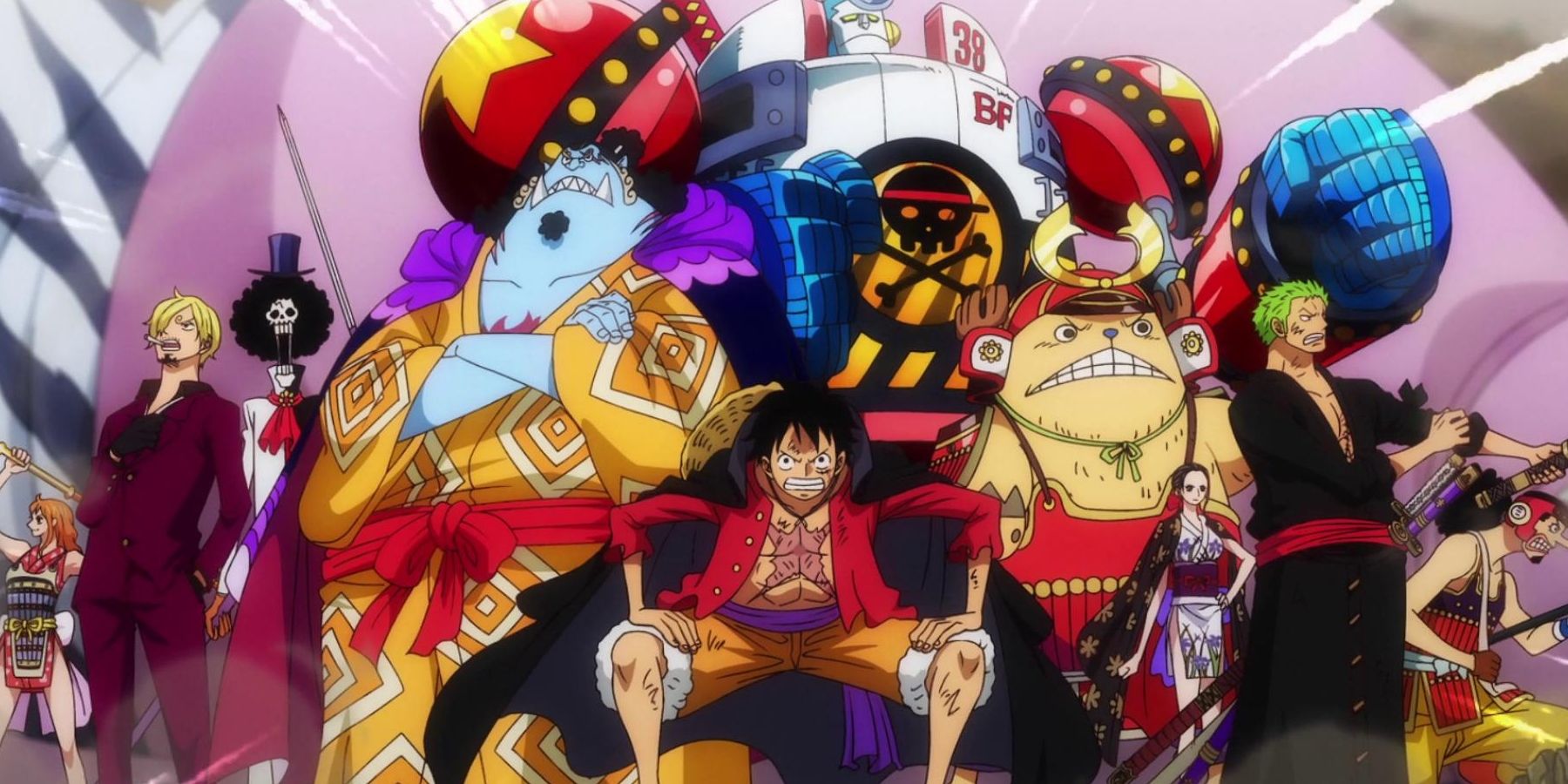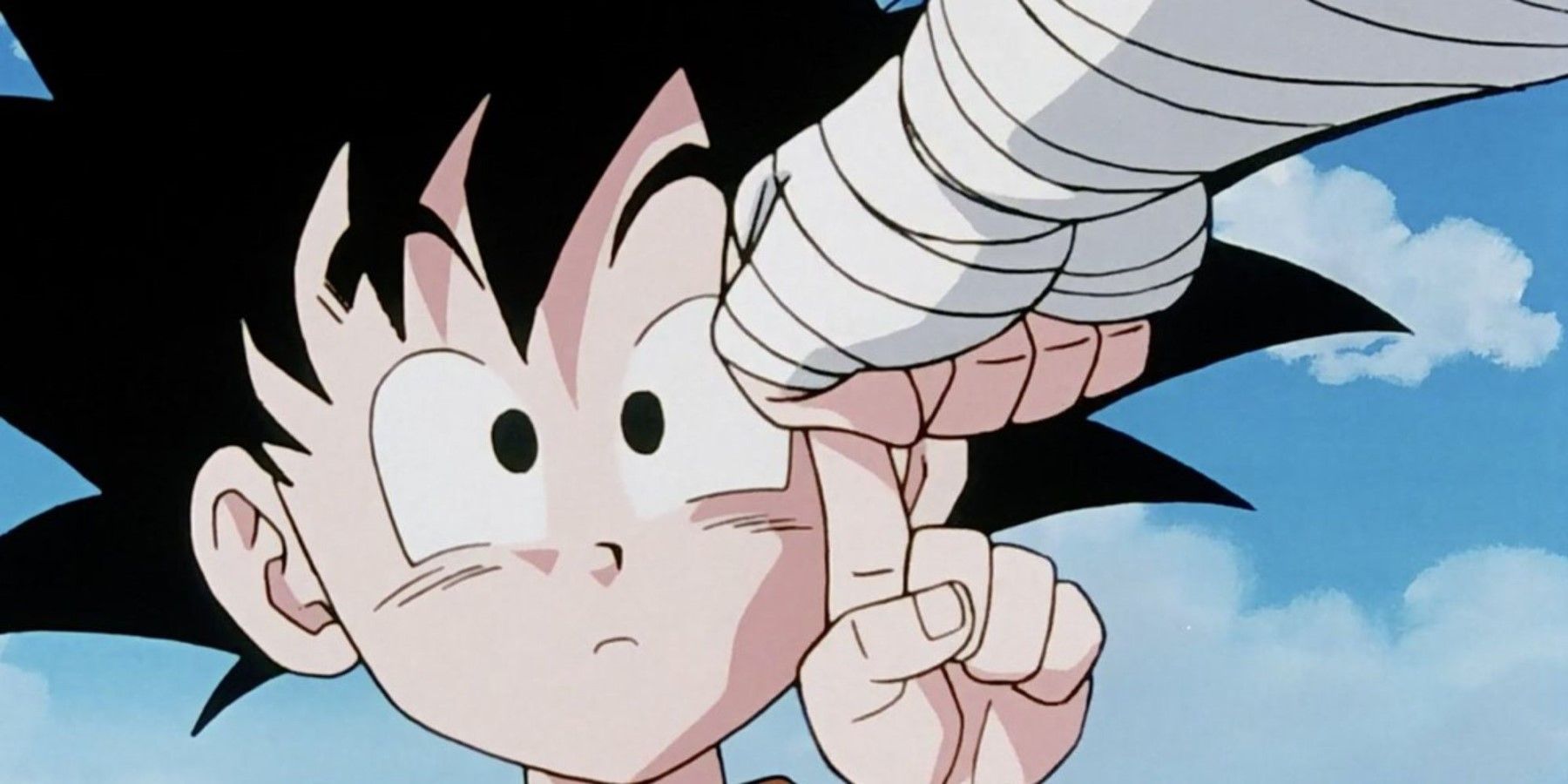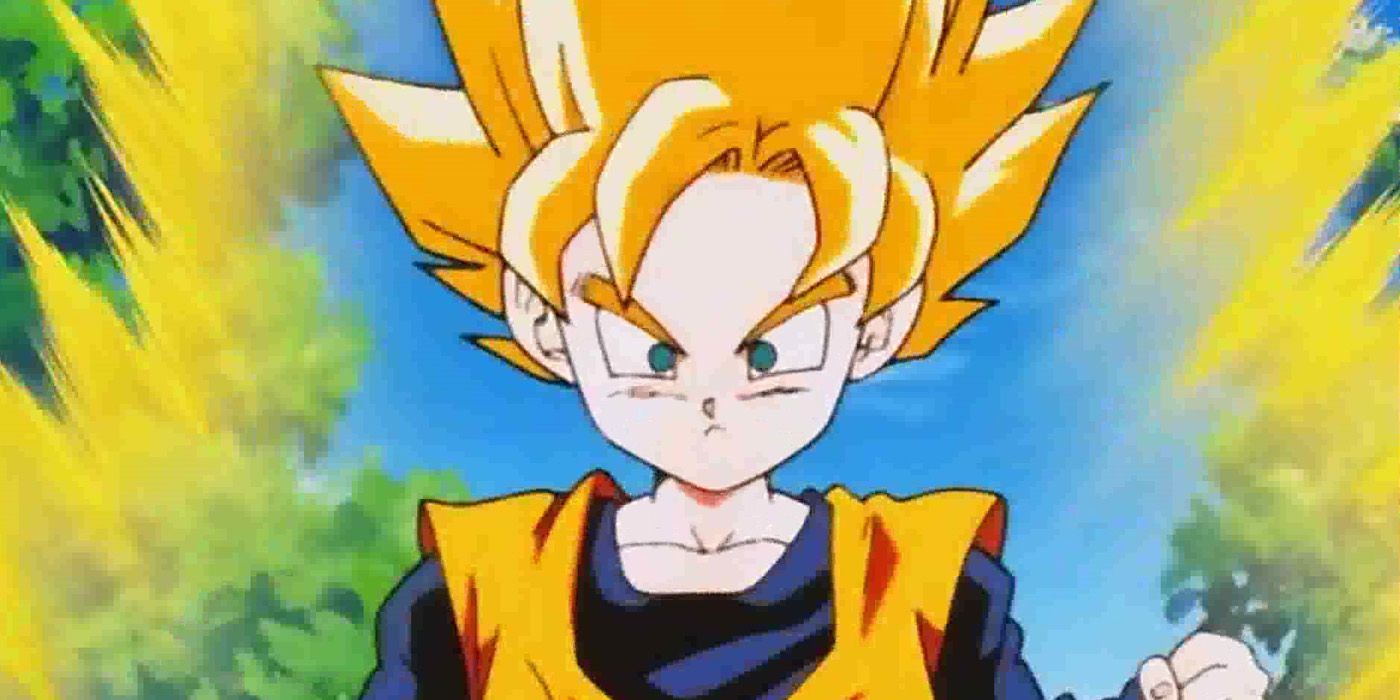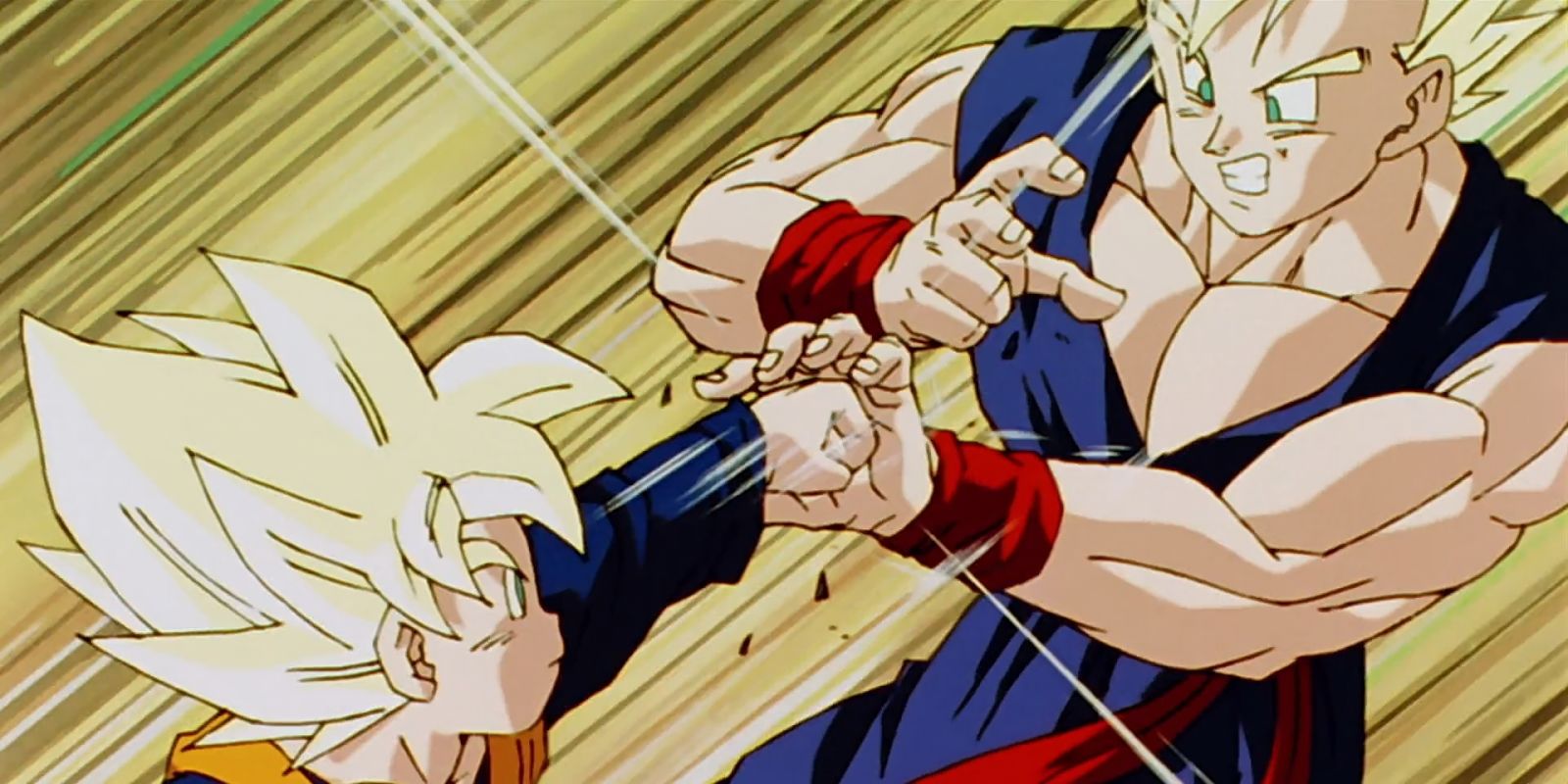Highlights
- Goten was meant to be the next protagonist of Dragon Ball, succeeding Goku with his natural talent and pure heart.
- Both Goku and Goten's names reflect themes of enlightenment and sky, symbolizing their growth and potential.
- Goten's resemblance to Goku, early Super Saiyan transformation, and love for combat solidify him as Goku's successor.
Akira Toriyama's Dragon Ball is a franchise that has undergone a lot of change and evolution from its early days, when it followed a young Goku and Bulma as they travelled the world. In Dragon Ball Z, Goku's son Gohan was introduced, and in various instances, was developed as the one fighter capable of surpassing Goku. This culminated in Gohan becoming the central figure in the defeat of Cell; a battle which also claimed Goku's life.
Gohan's journey was one that would end up making him the next protagonist of the Dragon Ball story; however, this never came to pass. The Buu Saga saw the introduction of Goku's second son, Goten, who greatly resembled Goku when he was younger and served as a more direct expression of the intent to have a character succeed Son Goku, but how exactly is Goten Goku's successor? Well, it might be a matter of nomenclature.
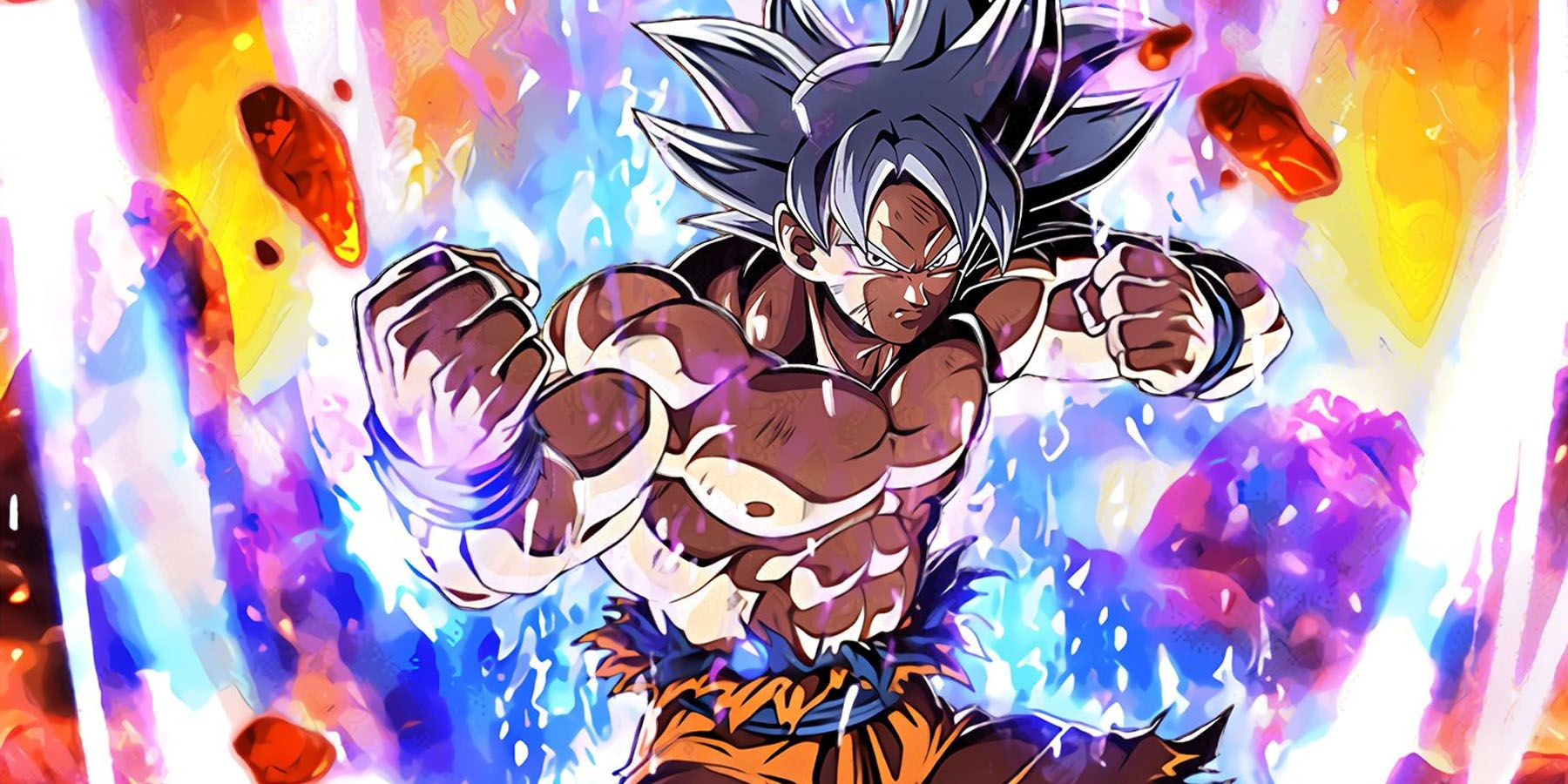
Dragon Ball: How Goku’s Name Is Connected to Ultra-Instinct
Goku is one of the most iconic characters in fiction. Here’s how his name actually lends itself to the Ultra Instinct phenomenon.
A Clone Of His Father
The Feeling Of Déjà Vu Strikes Hard With Goten
The most obvious clue to the idea that Goten was intended to be the next one to take up the mantle of protagonist of the series, serving as a kind of reboot of Goku as a child. His striking similarity to his father, and immense battle aptitude from a young age; not to mention his innocence reminiscent of a more impressionable Goku, are all major elements setting Goten to be the next main character. This is especially after Gohan chose to pursue his academics than continue to train and fight. Gohan's journey reflected much more human sentiments than it did a Saiyan point of view; however, with Goten, there is no aversion to combat. Goten's major achievements include transforming into a Super Saiyan at just seven years old, which is itself a reflection of his father's tendency to learn techniques very quickly.
For instance, Goku performed the Kamehameha; a technique once believed to take even the most talented martial artists at least 50 years of diligent training to master, after seeing it once. Goten had no frame of reference for the Super Saiyan transformation, and achieved it in a sparring match with his mother; meaning that, unlike Goku, Gohan, Vegeta and even Trunks' future counterpart, Goten became a Super Saiyan with no major negative emotions or drive inspiring the transformation. The point here is that Goten has greater control and access to immense power with less work than his predecessors – he's a natural. Goten also possesses the same purity of heart that enables one to ride the Flying Nimbus, which his older brother Gohan could also use.
It Was Written
How Goku and Goten Have The Same Name
It would be somewhat convincing to leave the conversation at "Goten is the second coming of Goku, just look at him," but the true anchor of this analysis of the character's intended role upon his introduction lies in how both characters are named. While "Son Goku" is the Japanese version of "Sun Wukong", the Monkey King from the 16th century Chinese novel Journey to the West, and the character's various characteristics and progression in the plot, especially the Super Saiyan transformation, can all be connected to this particular origin. Wukong/Goku is written 悟空, with the character "go" being the root in the word "satori", which describes a "final insight" in Zen Buddhism; the achievement of what is often called enlightenment is thus through one's satori. This is also the kanji at work in the name "Gojo Satoru" from JUJUTSU KAISEN, a character who achieves such an insight through his own death; not to mention the fact that this is the same kanji that Goku wears on his gi during the Frieza Saga – the point at which he first becomes a Super Saiyan; the initial insight.
The next kanji is "kū", which is also sometimes "sora", which means sky. When pronounced "kū", the meaning emphasized by use of this character is that of the void; or the state of nothingness, an abstraction of the more literal "sky". The word kūki, meaning atmosphere, is written with this character, followed by one that denotes a particular state or disposition, a mood or atmosphere (both as ambience and the air). Essentially, Goku's name carries the intention of being awakened to nothingness, or "vacuity" as it is described; which is in turn, an understanding of the nature of reality itself. This is why the Ultra Instinct state is a major symbol of his growth as a character. "Goten" is written with the same "go" character as his father, but the next character is 天, pronounced "ten", which also means sky, but is mostly used in the context of "heaven" in reference to the sky. So, instead of awakening to the vacuity that is the sky, Goten is meant to realize something a little different but ultimately in the same ballpark; albeit "heaven" sounds more auspicious.
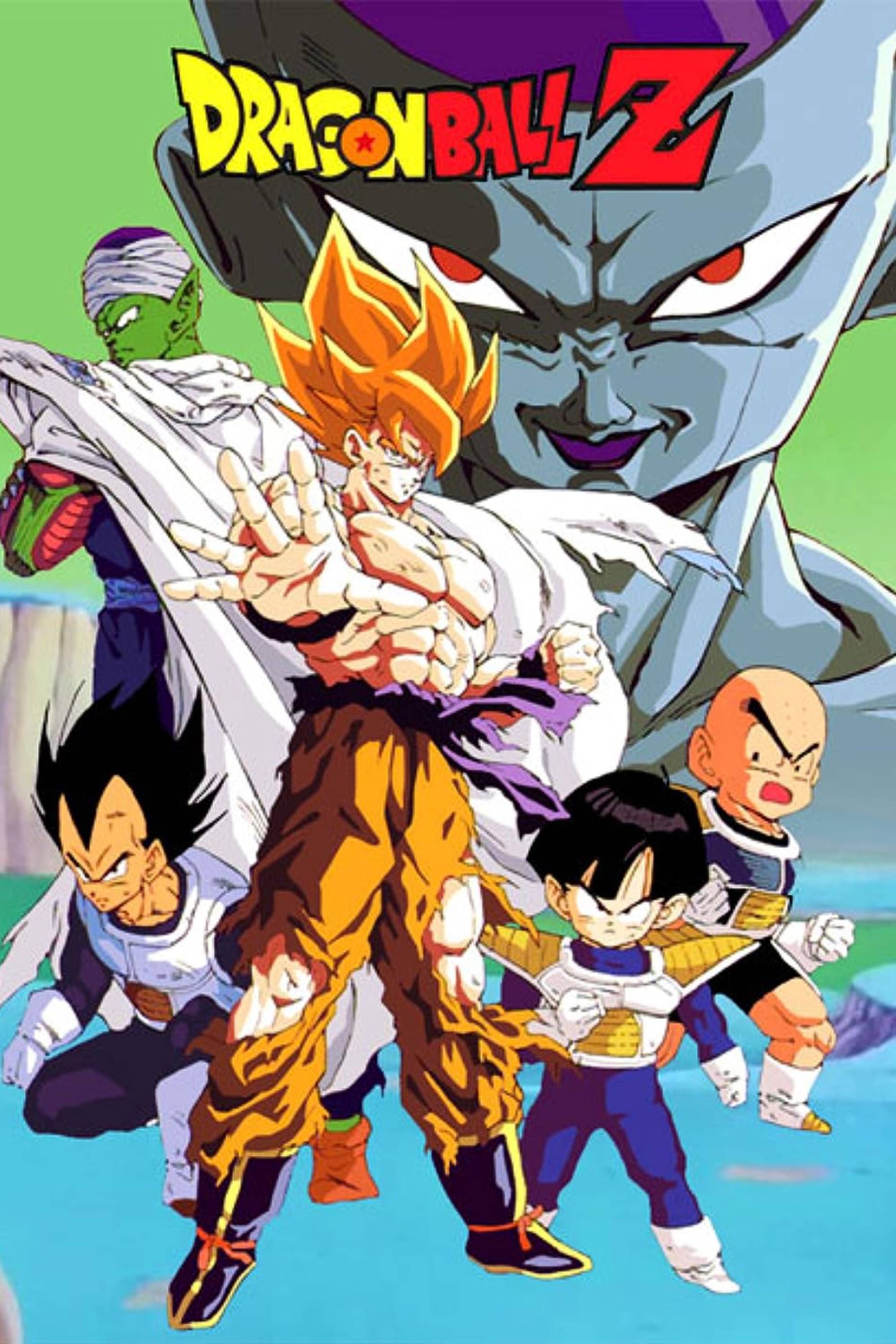
Dragon Ball Z (1989)
Dragon Ball Z is a Japanese anime series produced by Toei Animation and a sequel to the 1986 Dragon Ball series. It continues the adventures of Son Goku as an adult while also paralleling the life of his son Gohan. Son Goku typically defends the Earth from villains like Vegeta, Frieza, Cell, and Majin Buu. The series is followed by Dragon Ball GT and then Dragon Ball Super.

